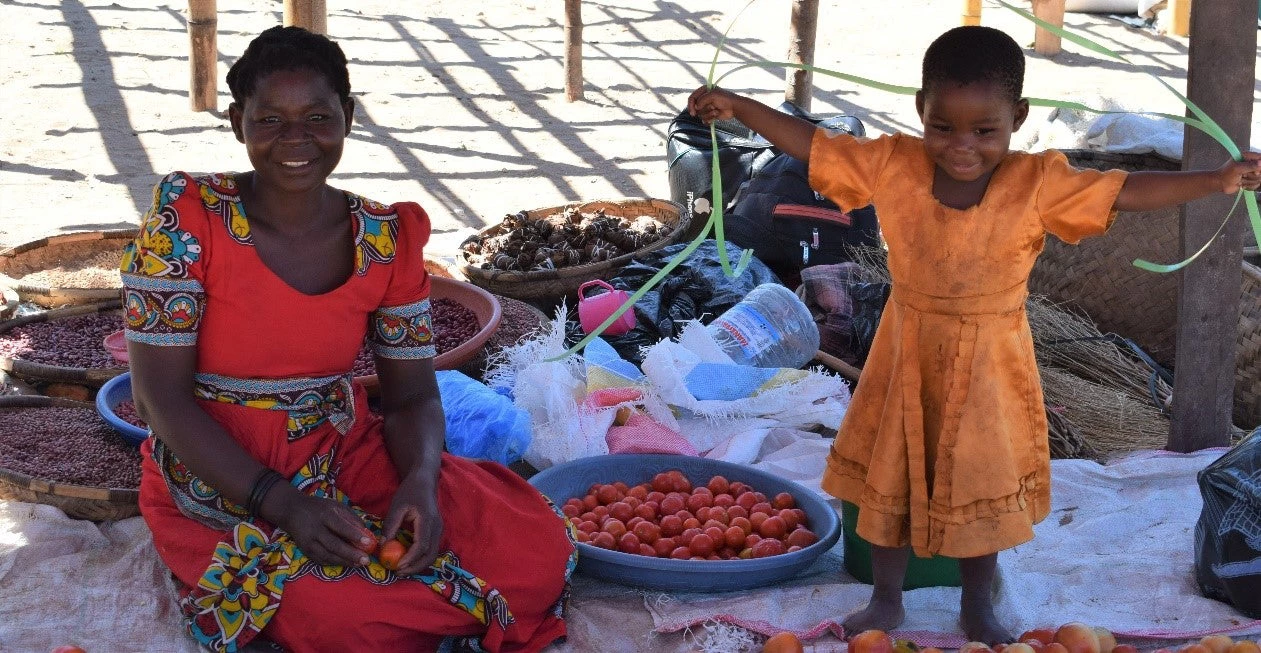Individual-level employment data are crucial to monitoring labor markets and SDGs, capturing socioeconomic conditions and informing labor market policies, and are key priorities in recent global initiatives and discussions, including the 50 x 2030 initiative on “data smart agriculture” and the 19th International Conference of Labour Statisticians.
The quality of employment data, however, remains a concern, especially in Sub-Saharan Africa (World Bank, 2013), and differences in survey features—questionnaire design, the wording of a question, sampling, coverage, the structure and length of the labor module and its implementation in the field—have substantial effects on labor market statistics, especially on women and youth (Barrientos et al., 2004; Dillon et al, 2012).
To advance the agenda on improving labor data on women and youth, a recent paper of ours, Employment Data in Household Surveys: Taking Stock, Looking Ahead, reviews the major survey design issues in collecting employment data and their implications for data quality in Living Standards Measurement Study – Integrated Surveys on Agriculture (LSMS-ISA), Labor Force Surveys (LFS), and Demographic and Health Surveys (DHS) across 14 developing countries.
What did we learn?
First, the use of a 12-month is preferred to 7-day reference period for improving employment data quality of women and youth.
In fact, household surveys that collect employment data in the last 7 days, do not capture seasonality and may over or under estimate results depending on the season of the data collection. Using the 2013/14 Uganda LSMS-ISA continuous survey we find that the 7-day reference period affects the employment rate of persons aged 15 to 25, but not of persons aged 25 to 65. While the average annual employment rate of the respondents aged 25 to 65 is 88 percent and does not fluctuate much with the timing of the interview, the average employment rate of young people is about 57 percent (see Figure A below).
We find similar results using the 2016/17 Malawi LSMS-ISA data. The effect is especially pronounced for agricultural activities and, to a lesser extent, for casual labor. Results are consistent between women and men, while young people are more sensitive to the reference period. Like in Uganda, these findings suggest that decisions on the reference period affects young people more than the rest of the population (see Figures B & C below).
Figure B: The share of Malawi’s working-age population (15-64 years old) engaging in a specific activity by reference period and sex in 2016
Figure C: The share of Malawi’s population engaging in a specific activity by reference period and age in 2016
Secondly, we learned that proxy respondents underestimate employment rate of women and youth.
Using the 2013/14 Nigeria LSMS-ISA data, we observe striking differences between the self-reported employment rate and the employment rate based on proxy reporting both on adult and young population. In particular, the employment rate of adult female shrinks from 42 percent when it is self-reported to 27 percent when it is another family member (typically the male head of the household) to report it (see Figure D shows).
Figure D: The employment rate in Nigeria (2014) by sex and age, self-reporting vis-à-vis proxy reporting
Similar results on reference period in farm labor and proxy respondent are found in Gaddis et al. (2019)’s paper and Koolwal’s recent blog and paper.
In conclusion, back to the initial question, in our paper we show that survey design features matter and have significant implications on the quality of women and youth employment data. However, further methodological work is still needed to ensure gender- and age-neutral surveys for better quality employment data.
This work was funded by the International Fund for Agricultural Development (IFAD)




Join the Conversation